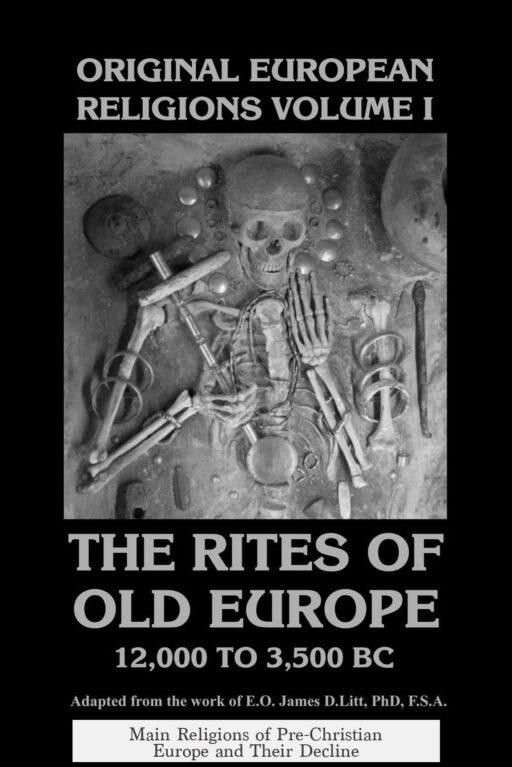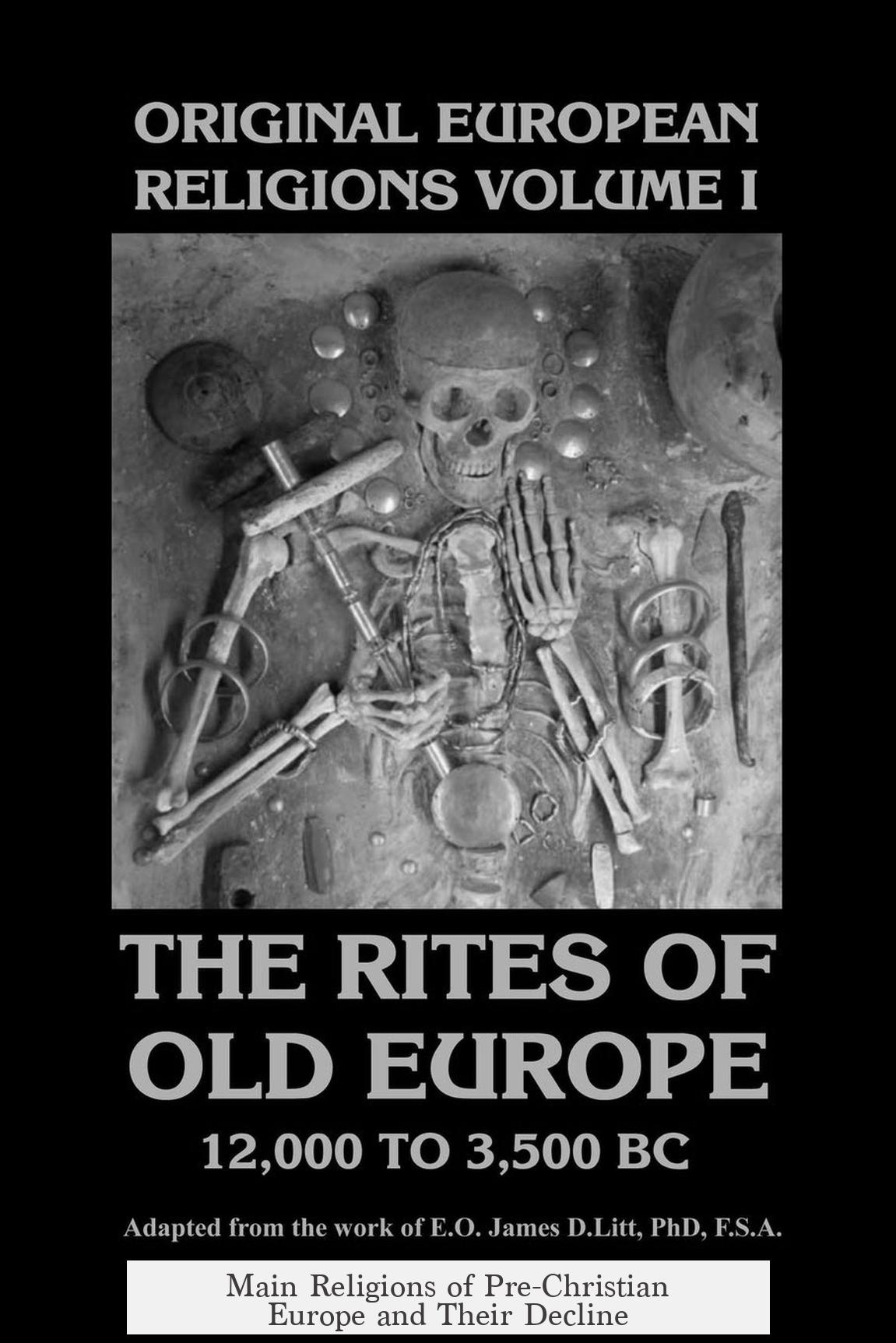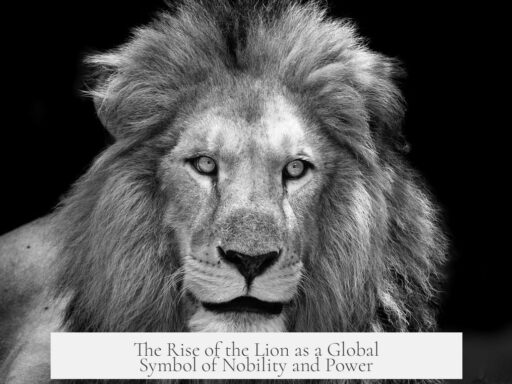Pre-Christian Europe hosted a variety of polytheistic religions, including Hellenic, Roman, Celtic, Germanic, Slavic, Baltic, and Magyar faiths, alongside mystery cults like Mithraism and the Cult of Isis. These religions gradually vanished due to the spread of Christianity through conversion, assimilation, and suppression.
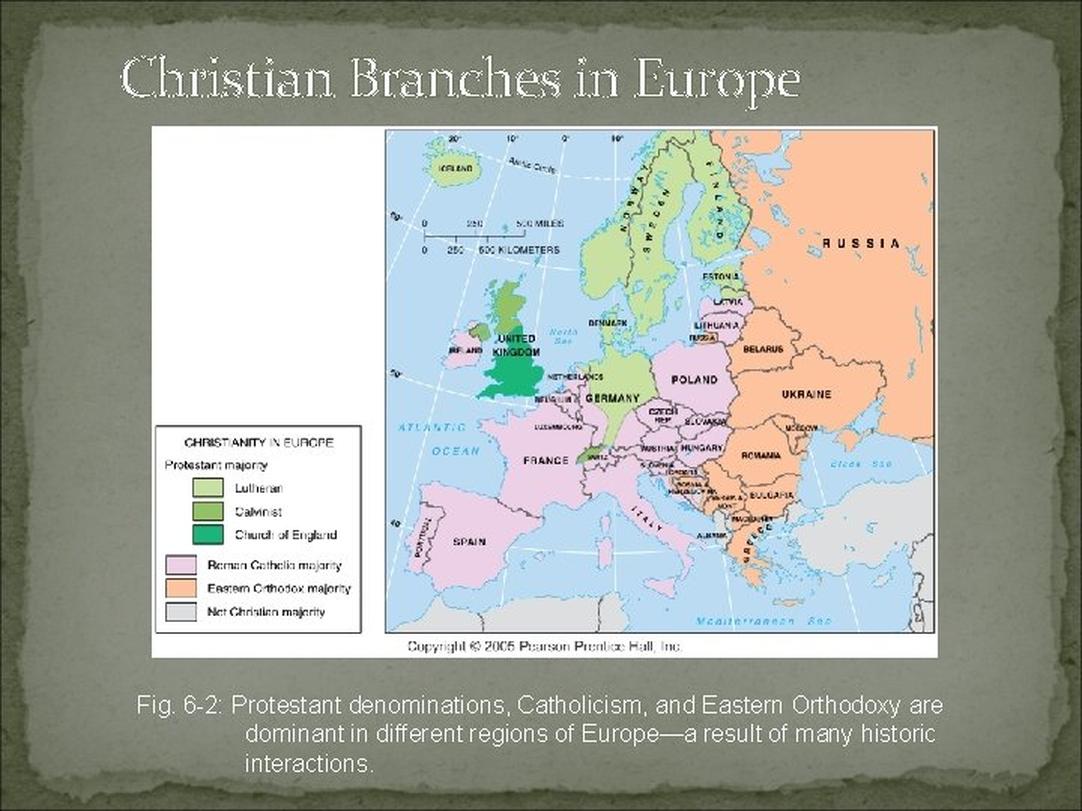
Hellenic polytheism centered on Greek gods such as Zeus and Athena. Roman polytheism shared many Greek deities but included local gods absorbed from various Roman provinces.
Mithraism was a mystery religion popular among Roman soldiers, while the Cult of Isis originated from Egyptian worship but spread widely within the Roman Empire, with temples even found in places like Mainz, Germany.

Celtic polytheism involved diverse tribes, each worshipping unique gods often connected to nature, fertility, war, and other key life aspects. Germanic polytheism included deities like the fertility goddess Nerthus, recorded by Tacitus.
Slavic and Baltic polytheistic beliefs persisted longer, with the Baltic peoples of Latvia and Lithuania only Christianized in the late Middle Ages. Magyar spirituality showed shamanistic elements before their conversion.

The decline of these pagan religions stemmed mainly from the gradual Christianization of Europe. Conversion often met resistance and reversal, such as England’s return to polytheism after Roman rule before re-Christianization by missionaries from Ireland, Scotland, and Gaul.
Emperor Constantine’s conversion to Christianity marked a turning point. As the Roman Empire embraced Christianity, Roman and Greek pantheons lost influence. Territories outside Roman control maintained pagan worship longer.
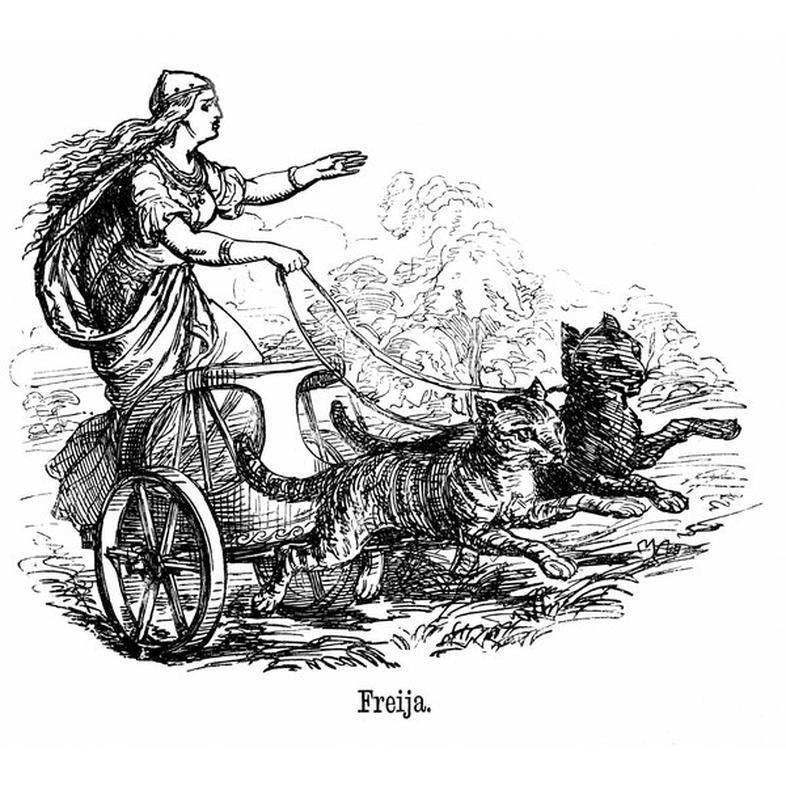
Assimilation also played a key role: pagan myths, customs, and deities were absorbed into Christian lore. Many pagan gods became saints or legendary figures within Christian tradition, easing conversion by preserving familiar themes.
However, coercion contributed to pagan decline—including forced suppression and destruction of pagan temples. Archaeological evidence from a Mithraic temple in Sarrebourg shows a priest chained to an altar, possibly reflecting violent ends to rival cults.
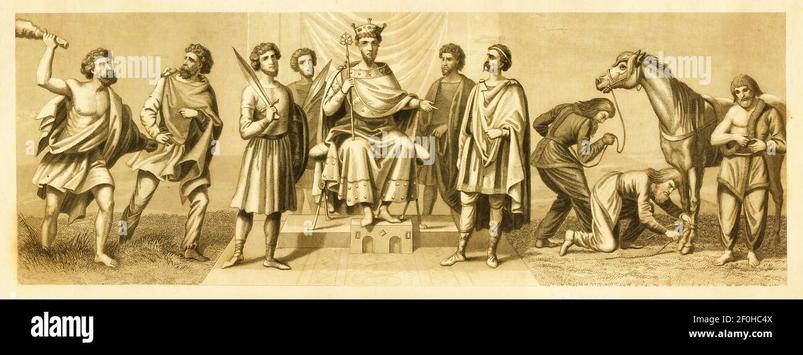
- Pre-Christian Europe hosted diverse polytheistic and mystery religions.
- Christianity’s spread was gradual, with periodic reversals during conversion.
- Constantine’s embrace of Christianity initiated pagan religion’s decline in Roman territories.
- Christianity absorbed many pagan elements, reshaping local traditions.
- Coercion and suppression hastened the disappearance of pagan faiths.
Main Religions of Pre-Christian Europe and How They Vanished
So, you’re curious about what the main religions of pre-Christian Europe were? Pre-Christian Europe was a diverse spiritual landscape, dominated by varied polytheistic religions unique to different tribes and empires, which eventually faded due to the gradual but relentless spread of Christianity.
The Many Faces of European Paganism
Let’s take a whirlwind tour through Europe before Christianity took center stage. Imagine a messy, vibrant quilt of beliefs—each patch a distinct religion.
- Hellenic Polytheism: The Greeks had a pantheon bursting with gods like Zeus, Athena, and Poseidon. Their myths shaped art, drama, and philosophy, and were well-documented by poets and historians.
- Roman Polytheism: The Romans didn’t just borrow from Greek gods; they adopted, adapted, and absorbed local deities from across their sprawling empire. The Roman State Religion was flexible, incorporating gods from various provinces, often turning foreign gods into local household figures.
- Mithraism: This mystery religion worshiping Mithras was popular among Roman soldiers. It centered on secret rites and the symbolic slaying of a bull. While not as mainstream, it had wide reach in the Empire’s military circles.
- Cult of Isis: Egypt’s goddess Isis found fans far from the Nile, even in Mainz, Germany, where a Roman temple dedicated to her stands under a modern shopping mall—talk about ancient meets modern!
- Celtic Polytheism: The Celts spread across much of Europe, but their religions weren’t one-size-fits-all. Different tribes had unique gods for nature, war, fertility, and magic. Rivers, forests, and animals were sacred, with deities influencing daily tribal life.
- Germanic Polytheism: Tacitus, the Roman historian, recorded rituals dedicated to Nerthus, a fertility goddess cherished by Germanic tribes. They too had a rich tapestry of gods associated with war, seasons, and the afterlife.
- Slavic Polytheism: Before Christianity, Slavic tribes worshipped gods tied closely to nature and cosmic forces, with rituals aimed at maintaining harmony with the spirits.
- Baltic Polytheism: Latvia and Lithuania clung longest to their ancient beliefs, only officially converting in the Late Middle Ages, preserving a unique mythology tied to their forests and lakes.
- Magyar Polytheism: Early Hungarians leaned towards shamanism and polytheism, blending nature worship with ancestor veneration before their later Christianization.
How Did These Rich Traditions Fade Away?
It wasn’t like flipping a switch. The transition to Christianity was a slow dance, filled with push and pull. Here’s how it went down:
- The Gradual Spread of Christianity: Christianity’s rise didn’t happen overnight. Sometimes it lost ground, like in England, where Romans spread Christianity, only for Germanic Anglo-Saxons to bring back polytheism, before Christian missionaries from Ireland and Gaul returned the crown to Christianity. Hungary saw similar back-and-forth struggles.
- Constantine’s Game-Changer Moment: Emperor Constantine’s conversion in the early 4th century sparked the decline of Roman and, by extension, many local pagan practices. The empire set the tone—what Rome embraced, Europe followed. This was effectively the death knell for many polytheistic gods within the empire’s borders, though outside, paganism clung stubbornly.
- Assimilation and Absorption: Christianity didn’t just erase old gods. It absorbed pagan customs, myths, and festivals. Many pagan festivals got Christian makeovers (Christmas and Easter, anyone?). Local traditions survived but were recast—gods became saints, stories morphed into parables, myths turned into fairy tales. Rome often took a pragmatic approach, soft-pedaling conversions to win hearts.
- Coercion and Suppression: Not all transformations were polite. Archaeological finds, like the blocked Mithraic temple in Sarrebourg, France, with a chained skeleton inside, hint at darker episodes. Some religious practices faced harsh suppression. It’s ironic that in a religion preaching love and goodwill, rivals were sometimes silenced forcefully.
Why Do These Pre-Christian Beliefs Matter Today?
These religions may have vanished, but their echoes remain everywhere—in festivals, languages, folklore, and art. Understanding them reveals the roots of European culture and shows how faith and power shaped civilization.
Think about it: many Christian holidays align with previously pagan celebrations. The reverence for nature found in Celtic and Germanic faiths still resonates in modern environmental movements. And that temple to Isis beneath a German mall? It reminds us how ancient traditions can survive in surprising ways.
What Can We Learn from This Spiritual Transformation?
History teaches adaptability. Christianity’s eventual triumph was as much about embracing local customs as it was about doctrine. Tolerance, to a degree, smoothed transitions. But we also see the dangers when belief systems clash—sometimes leading to violence or loss of heritage.
So next time you celebrate Christmas or visit an ancient ruin, remember the gods and goddesses who once ruled minds and hearts. Their stories aren’t just old tales—they’re pieces of a puzzle explaining how Europe evolved. And who knows? Maybe some ancient deity is chuckling at how much attention they still get in history blogs.
Summary Table: Pre-Christian Religions and Their Fate
| Religion | Main Features | How It Ended |
|---|---|---|
| Hellenic Polytheism | Greek gods with rich mythology | Supplanted by Christianity post-Constantine |
| Roman Polytheism | Absorptive pantheon, state religion | Declined after imperial Christian adoption |
| Mithraism | Mystery cult, popular among soldiers | Suppressed, temples closed down |
| Cult of Isis | Egyptian goddess worship, far reach | Faded with Christianity’s spread |
| Celtic Polytheism | Diverse tribal gods, nature-focused | Christianized over centuries, myths absorbed |
| Germanic Polytheism | Fertility and war gods, tribal rituals | Converted mainly via missionaries |
| Slavic & Baltic Polytheism | Nature spirits, late conversion | Christianization in Late Middle Ages |
| Magyar Polytheism | Shamanistic, ancestor worship | Replaced by Christianity around 11th century |
Europe’s pre-Christian religions are a fascinating portal into humanity’s quest to explain the world. They didn’t disappear overnight but evolved, resisted, merged, or were suppressed by the unstoppable wave that was Christianity. Their legacy? Enduring myths hiding beneath Europe’s modern cultural fabric.
